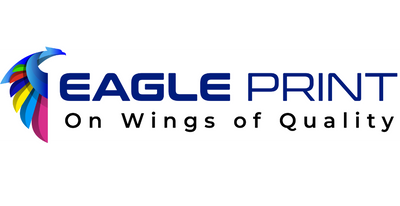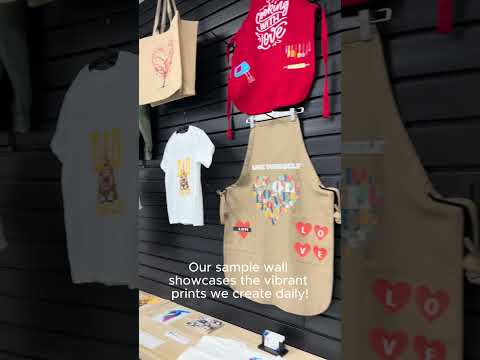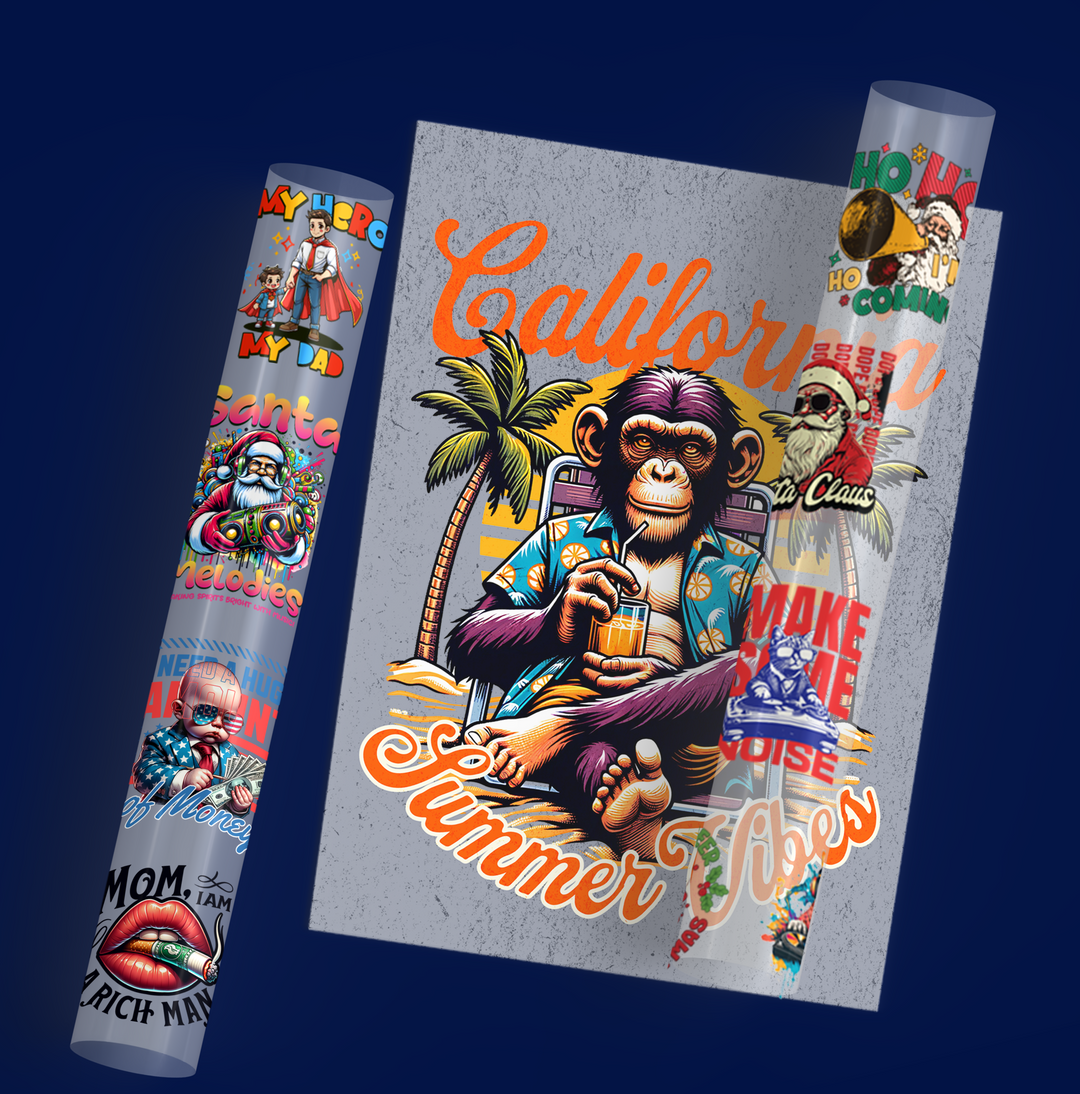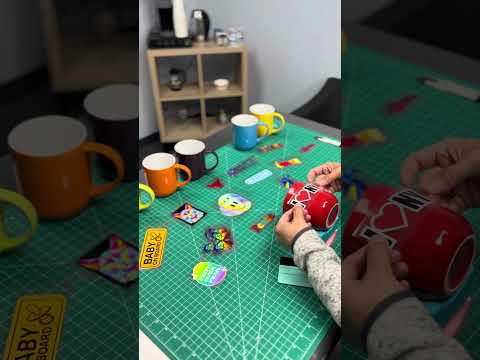How to Create DTF Transfers: A Comprehensive Guide
DTF (Direct to Film) printing is a revolutionary technology that allows you to print high-quality, durable designs on various textiles. This process is becoming increasingly popular in the custom apparel industry because it offers vibrant colors, strong adhesion, and compatibility with a wide range of fabrics. In this guide, we’ll walk you through how to create a DTF transfer step by step.
1. What is DTF Printing?
How To Create DTF Transfer is a method where designs are printed on a special film, covered with adhesive powder, and then transferred onto fabric using a heat press. Unlike traditional screen printing or DTG (Direct to Garment) printing, DTF works on various materials, including cotton, polyester, blends, and even leather.
Advantages of DTF Printing
- Versatility: Works on multiple fabric types.
- Durability: Transfers are long-lasting and washable.
- Cost-Effective: Requires less ink compared to DTG.
- No Pre-Treatment Needed: Unlike DTG printing, no pre-treatment is required.
2. What Do You Need to How To Create DTF Transfer?
Before starting, make sure you have the following essential supplies:
Required Equipment and Materials
- DTF Printer: A modified inkjet printer designed for DTF.
- DTF Film: A special transparent PET (polyethylene terephthalate) film.
- DTF Inks: Water-based pigmented inks (CMYK + White).
- Adhesive Powder: A fine powder that helps the ink bond to the fabric.
- Heat Press: Used to transfer the design onto fabric.
- Software: RIP (Raster Image Processor) software for color management and layout.
3. Step-by-Step Guide to Creating a DTF Transfer
Design Preparation
- Create Your Design: Use graphic design software like Adobe Photoshop, Illustrator, or CorelDRAW.
- Use High Resolution: Ensure your design is at least 300 DPI for a crisp print.
- Mirror the Image: Since DTF prints are transferred, the design should be mirrored before printing.
- Prepare for White Ink: Make sure the design includes a white underbase layer for opacity.
Printing on DTF Film
- Load the Film: Insert the DTF film into the printer with the coated side facing up.
- Use the Right Color Sequence: First, the printer lays down CMYK ink, followed by a white ink layer.
- Optimize Ink Settings: Adjust the ink density in the RIP software for vibrant colors.
Step 3: Applying the Adhesive Powder
- Sprinkle Adhesive Powder: While the ink is still wet, evenly coat the printed design with DTF adhesive powder.
- Shake Off Excess Powder: Ensure only a thin layer remains on the print.
- Cure the Powder: Use a heat press or an oven to melt and activate the adhesive.
Transferring the Design
- Preheat the Fabric: Press the fabric for 5 seconds to remove moisture.
- Place the Transfer: Position the DTF film (ink-side down) onto the fabric.
- Apply Heat: Set your heat press to 320°F (160°C) for 15 seconds with medium pressure.
- Peel the Film: Wait for the print to cool before peeling the film off.
Post-Pressing for Durability
-
- Re-Press the Design: Cover the design with parchment paper and press for another 5-10 seconds for better adhesion.
- Let It Cool: Allow the garment to rest before packaging.
4. Best Practices for High-Quality DTF Transfers
- Use High-Quality Ink and Film: Cheap materials can cause cracks and dull colors.
- Optimize Print Settings: Adjust ink flow and color profiles in your RIP software.
- Even Powder Distribution: Uneven adhesive powder can lead to poor adhesion.
- Store Transfers Properly: Keep DTF sheets in a dry environment to prevent moisture damage.
5. Troubleshooting Common DTF Printing Issues
| Issue | Possible Cause | Solution |
|---|---|---|
| Faded Colors | Low ink density | Adjust ink settings in RIP software |
| Ink Smudging | Too much ink or wet print | Reduce ink flow and let print dry |
| Poor Adhesion | Uneven powder application | Ensure even powder coating and curing |
| Film Not Peeling Off | Low heat press temperature | Increase temperature to 320°F |
7. External Resources for Learning More
- Eagle DTF Print Guide – Step-by-step tutorials and supplies.
- DTF Printing Forums – Community discussions and troubleshooting tips.
-
YouTube Tutorials – Visual guides to mastering DTF printing.
8. Conclusion
How To Create DTF Transfer is an excellent way to produce high-quality prints for apparel and accessories. By following the right process, using quality materials, and optimizing your print settings, you can achieve durable and vibrant results. Whether you're a beginner or an experienced print shop owner, DTF printing is a powerful technology that can help expand your customization business.
Would you like help choosing the best How To Create DTF Transfer or software? Let me know! 🚀















